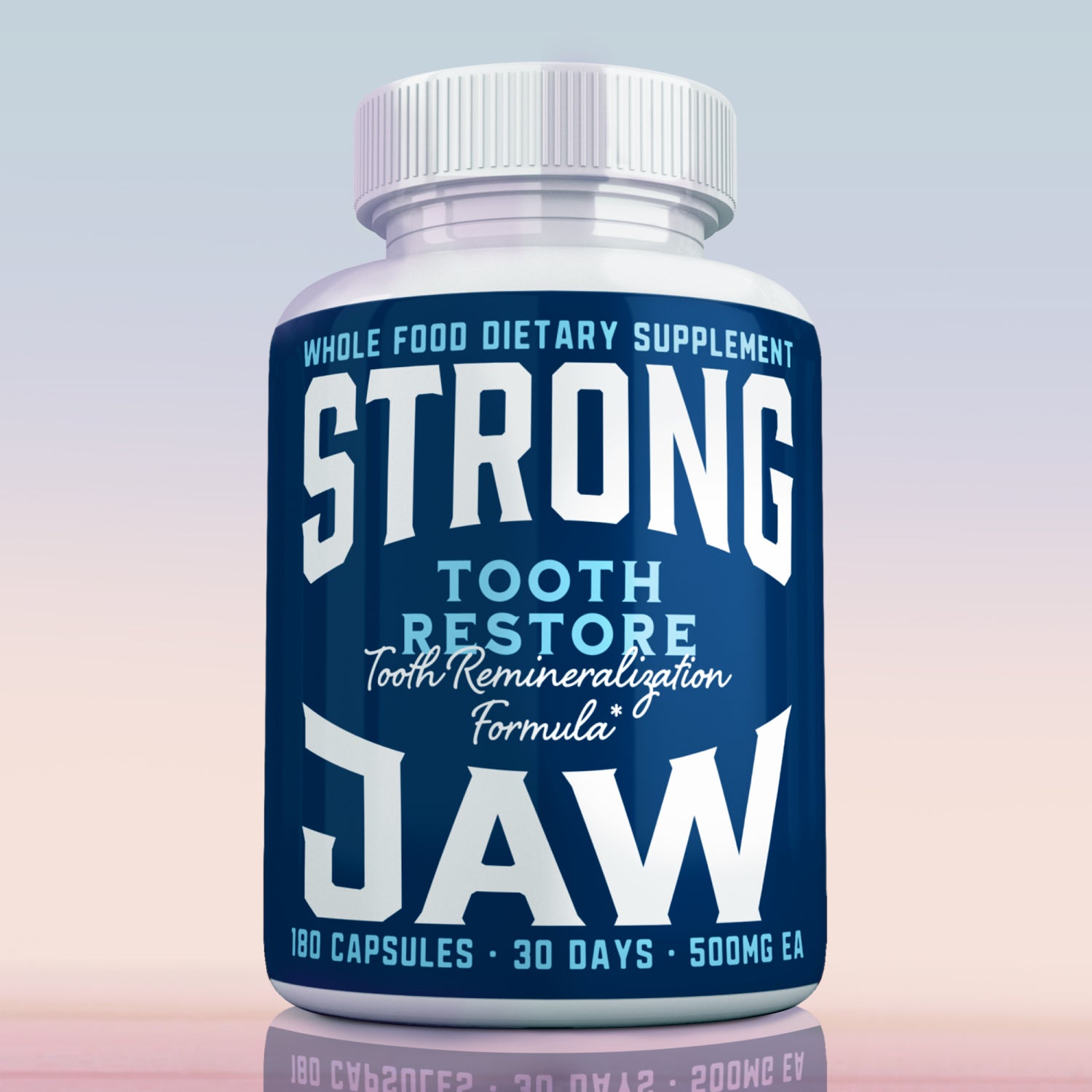So, you've heard the verdict: 20 new cavities, or have you? The dental world can be a perplexing place, where one day you're told your teeth are in dire straits, and the next, they're just fine. What's the deal? Is it a dental scam? Let's decode the mystery.
First things first, what's a cavity? Cavities are the pesky result of bacterial mischief and are 100% preventable. Shockingly, over half of the global population falls victim to them, making cavities the most widespread disease on the planet. The culprit here is Streptococcus Mutans, a bacteria that sets up camp on your teeth, feasts on the sugars from your diet, and leaves behind a trail of destructive acid, which, you guessed it, spells cavity trouble.
But when is a cavity truly a cavity? The answer isn't as clear-cut as you might think. It depends on who you ask. Once you reach stages 3 (Decay in dentin - this stage hurts) and 4 (Decay in pulp - this is extremely painful), there's no denying it's a full-blown cavity. However, in my view, stages 1 (Decay in enamel) and sometimes 2 (Advanced decay nearing dentin) can be salvaged through remineralization. The decision to treat a cavity with a filling can vary from dentist to dentist.
Now, picture your mouth as a battery, constantly recharging or discharging, never hovering at the same level. It's either remineralizing or demineralizing, and the key player here is acidity, influenced by your dietary choices and habits.
To remineralize your teeth effectively, you need an ample supply of calcium and phosphorus, and guess what's loaded with both? Bones! But there's a catch – remineralization only occurs in a non-acidic environment, with a pH above 5.5. Saliva is your body's natural defender, delivering these nutrients to your teeth. However, there are other ways to supercharge your mouth for maximum remineralization.
Here's how:
- Nasal Breathing: It starts with the basics. Breathe through your nose to optimize your mouth's pH levels.
- Salt Water Rinses: Rinse with salt water to increase mouth pH and reduce acidity.
- Hydroxyapatite (HA): This mineral, found naturally in bones, can aid remineralization. Look for it in its natural form, as it mimics the body's HA.
- Nano-Hydroxyapatite: A synthetic version of HA, which closely resembles the natural compound found in bones.
- Stay Hydrated: Drink more water to keep your mouth in a remineralizing state.
- Optimal Diet: Embrace a diet rich in red meat, organs, eggs, raw dairy, and fermented foods to fuel remineralization.
Now, let's talk about what not to do if you want to avoid demineralization:
- Dry Mouth: Lack of saliva can lead to demineralization.
- Mouth Breathing: Breathing through your mouth dries up saliva, a recipe for demineralization.
- Acid Reflux: This can disrupt your mouth's pH balance, contributing to demineralization.
- Citric Acid: Lemon water and other acidic foods can erode tooth enamel.
- Sugary Treats: Sugar, candy, and soda are cavity culprits. Steer clear!
- Oral Hygiene: Poor hygiene practices can accelerate demineralization. Don’t brush hard if at all.
- Processed Snacks: Avoid starchy and processed snacks that harm your teeth.
In conclusion, reversing cavities and preserving your dental health is within your grasp. If you're uncertain, seeking a second opinion is a wise move. Remember, addressing a cavity doesn't diminish your worth; it's a sensible step toward preserving your oral health. Don't let cavities hold you back. Embrace the power to reclaim your dental vitality! 💪🦷✨

